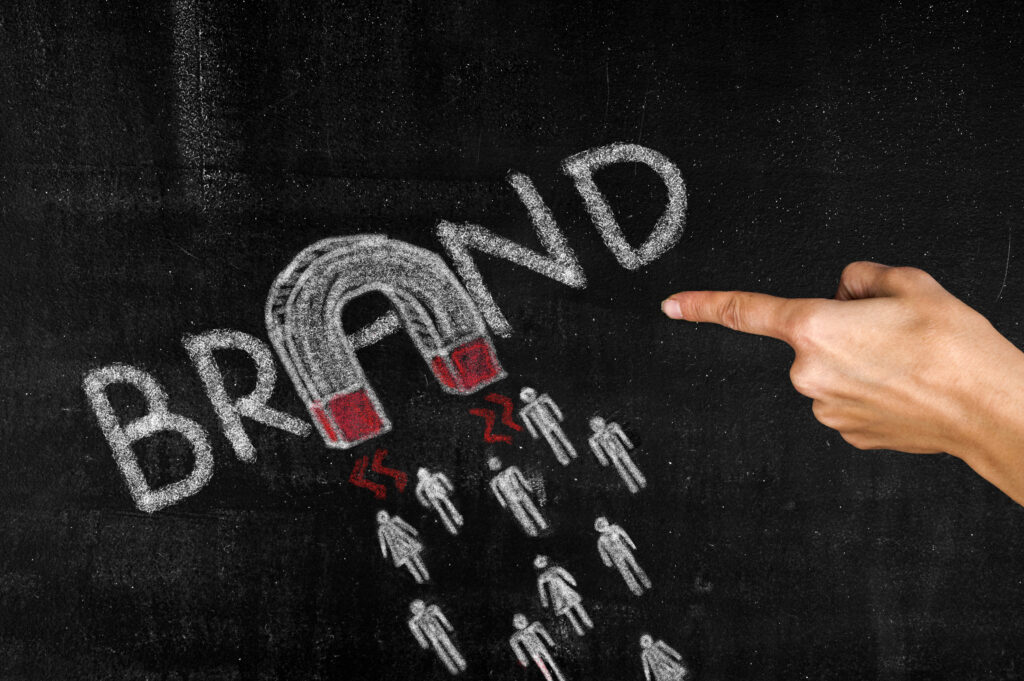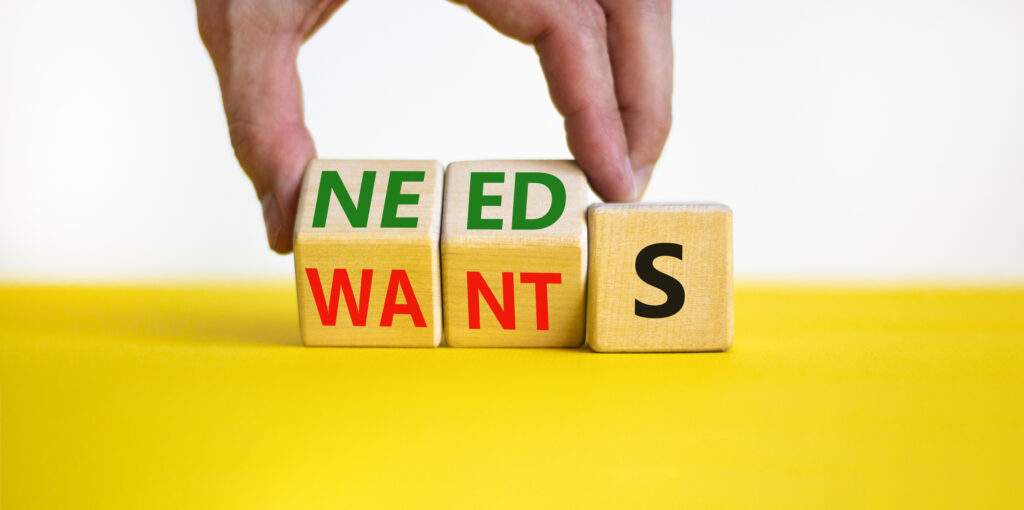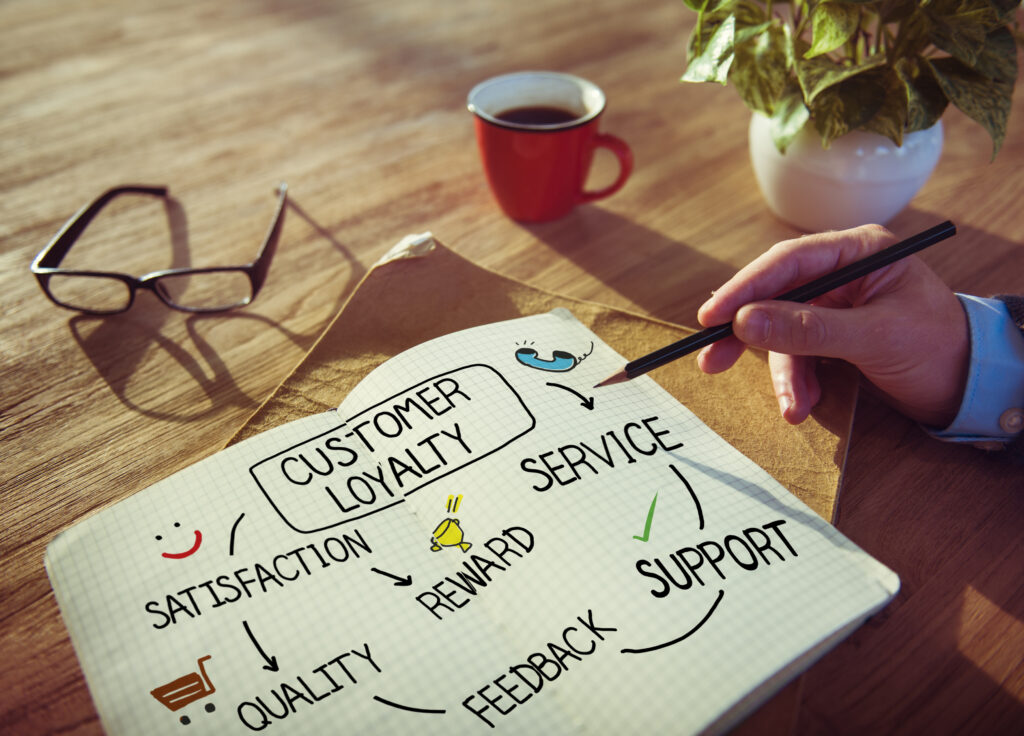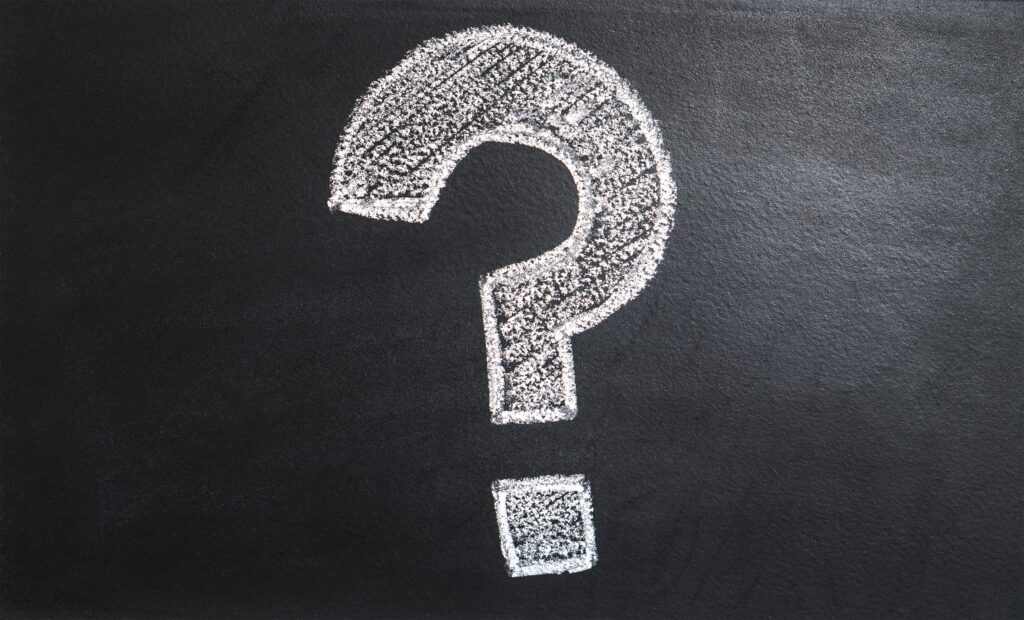Are you ready to master the art of sales funnels?
In this article, we will guide you through the five main stages of a sales funnel, providing you with step-by-step instructions and real-life examples. By understanding these stages and honing your skills in each one, you can significantly increase your chances of success in the world of sales.
So, what exactly is a sales funnel?
It is a systematic process that takes your potential customers on a journey, starting from the moment they become aware of your product or service, all the way to becoming loyal, repeat customers. Each stage plays a crucial role in nurturing leads and converting them into paying clients.
A sales funnel is a visual representation of the customer journey, from the moment they become aware of your product or service to the point of making a purchase. It consists of five main stages: awareness, interest, consideration, conversion, and loyalty. But before we dive deeper into these, let’s look at what makes up the sales funnel.

3 Key Ingredients of a Successful Sales Funnel
In order to create a thriving sales funnel, it’s essential to incorporate essential elements that contribute to its success. A successful sales funnel requires the right mix of ingredients to guide potential customers through the buying process and convert them into loyal customers.
First and foremost, you need to have a clear understanding of your target audience. This involves conducting thorough market research to identify their needs, preferences, and pain points. By knowing your audience inside out, you can create tailored messaging and offers that resonate with them and address their specific challenges.
Another key ingredient is compelling content. Your sales funnel should be filled with high-quality content that educates, entertains, and engages your audience. This content should not only showcase the benefits of your product or service but also provide valuable insights and solutions to their problems.
Furthermore, an effective sales funnel requires a well-designed and user-friendly website. Your website should have a clear and intuitive navigation structure, fast loading times, and visually appealing design. It should also feature prominent calls-to-action that lead visitors to the next stage of the funnel.
Lastly, automation is crucial for a successful sales funnel. By leveraging marketing automation tools, you can streamline and automate various stages of a sales funnel, such as lead generation, lead nurturing, and follow-up. This allows you to scale your efforts and ensure consistency in your messaging and interactions.
By incorporating these key ingredients into your sales funnel, you can create a customer-centric experience that drives conversions and ultimately leads to business growth.
Stage 1: Awareness

Discover how to capture your audience’s attention and make them aware of your brand and offerings in the first stage of the sales funnel. This stage, known as the Awareness stage, is crucial for creating brand recognition and generating interest among potential customers.
To effectively navigate this stage, you need to employ various strategies that will help you reach a wider audience and build a strong online presence.
One key strategy is content marketing, where you create and distribute valuable and relevant content to attract your target audience. This can include blog posts, videos, social media updates, and infographics. By providing valuable information, you can position yourself as an authority in your industry and capture the attention of potential customers.
Another strategy is search engine optimization (SEO), which involves optimizing your website and content to rank higher in search engine results. This increases your visibility and makes it easier for potential customers to find you when they are searching for solutions to their problems.
Additionally, social media marketing is an effective way to create awareness and engage with your audience. By sharing valuable content, interacting with followers, and running targeted ads, you can increase brand exposure and attract potential customers.
Overall, the Awareness stage is all about grabbing attention and making a positive first impression. By implementing these strategies, you can successfully capture your audience’s attention and make them aware of your brand and offerings.
Stage 2: Interest

Imagine yourself scrolling through your social media feed and stumbling upon an intriguing video that showcases the unique features and benefits of a product you’ve been searching for. This is the stage of discovery in the sales funnel, where potential customers become interested and actively seek more information about a product or service.
During this stage, it’s crucial for businesses to provide valuable content and engage with their audience to nurture their interest and move them further down the funnel. To effectively capture the attention of potential customers in the Interest stage, consider the following strategies:
- Create informative and engaging content: Develop blog posts, videos, or social media posts that provide valuable information and address the pain points of your target audience.
- Optimize search engine visibility: Utilize search engine optimization techniques to ensure your content appears prominently in search engine results, making it easier for potential customers to find you.
- Leverage social media platforms: Engage with your audience on social media by responding to comments, sharing relevant content, and participating in industry-related conversations.
Remember, the Interest stage is all about building trust and establishing a connection with your potential customers. By providing valuable content and actively engaging with your audience, you can effectively move them to the next stage of the sales funnel.
Stage 3: Desire

Once potential customers have reached the Desire stage, they’re eager to experience the benefits and solutions your products or services can provide. At this stage, it’s crucial to nurture their desire and guide them towards taking action.
To do this effectively, you need to understand their needs and motivations, and tailor your messaging accordingly. Here are five strategies to help you create desire and move prospects closer to making a purchase:
- Paint a vivid picture: Describe in detail how your product or service will improve their lives or solve their problems. Use powerful language and storytelling techniques to evoke emotions and create a sense of aspiration.
- Offer social proof: Show testimonials, case studies, or success stories that demonstrate how your offering has helped others achieve their goals. This will build trust and further enhance their desire to have the same results.
- Provide incentives: Offer exclusive deals, discounts, or bonuses to create a sense of urgency and encourage immediate action. Limited-time offers or limited stock can increase desire and motivate prospects to take the next step.
- Address objections: Anticipate and address any concerns or objections potential customers may have. By proactively providing solutions or reassurance, you can alleviate their doubts and strengthen their desire to purchase.
- Offer guarantees: Provide a strong guarantee or return policy to reduce the perceived risk of making a purchase. This will boost confidence and make prospects more comfortable with their decision.
By implementing these strategies, you can leverage the Desire stage to create a strong desire in your potential customers and guide them towards the final stage of the sales funnel.
Stage 4: Action

Now that you’ve successfully ignited desire in potential customers, it’s time to guide them towards taking action and making a purchase.
In the fourth stage of the sales funnel, aptly named ‘Action’, the focus is on converting leads into paying customers. At this stage, your job is to provide a seamless and frictionless experience that encourages prospects to take the next step.
To move prospects towards action, it’s crucial to provide clear and compelling calls to action (CTAs). These CTAs should be strategically placed throughout your marketing materials, website, and emails. Make sure they’re easy to find, visually appealing, and persuasive. For example, you can use phrases like ‘Get started today’ or ‘Claim your exclusive offer now.’
Additionally, implementing urgency and scarcity tactics can further motivate prospects to take action. Limited-time offers, exclusive discounts, or free bonuses can create a sense of urgency and push prospects to make a purchase sooner rather than later.
Furthermore, it’s important to remove any potential barriers or objections that may prevent prospects from taking action. Offer flexible payment options, provide a hassle-free checkout process, and address any concerns or doubts they may have.
By effectively guiding potential customers through the Action stage of the sales funnel, you can maximize conversions and turn leads into loyal customers. Remember, the goal is to make it as easy as possible for them to take that final step and make a purchase.
Stage 5: Loyalty

After guiding potential customers through the previous stages of a sales funnel, it’s time to focus on fostering loyalty and turning them into repeat buyers.
Stage 5: Loyalty is all about building strong relationships with your customers and ensuring their satisfaction and continued support. Here are 4 key steps to help you achieve this:
1. Deliver exceptional customer service: Provide personalized and timely assistance, address any concerns promptly, and go above and beyond to exceed their expectations. This will make them feel valued and appreciated.
2. Offer loyalty programs: Implement reward systems that incentivize repeat purchases. For example, you can provide exclusive discounts, special offers, or access to VIP events. This not only encourages customer loyalty but also creates a sense of exclusivity and belonging.
3. Nurture ongoing communication: Stay in touch with your customers through email newsletters, social media updates, or personalized messages. Keep them informed about new products, upcoming promotions, or any relevant information that might interest them.
4. Seek feedback and act on it: Regularly collect customer feedback and use it to improve your products, services, and overall customer experience. Actively listen to their suggestions and make necessary changes to show that you value their opinions.
By following these steps, you can foster loyalty, create brand advocates, and turn your customers into long-term, repeat buyers.
Sales Funnel Examples
Explore a range of real-life scenarios where businesses successfully guide potential customers through a series of strategic stages, resulting in increased conversions and a loyal customer base.
In the awareness stage, businesses create content and engage with their target audience through blogs, social media, and online ads. For example, a skincare brand might create educational blog posts about the importance of a skincare routine.
In the interest stage, businesses provide valuable resources and personalized experiences to nurture potential customers. An example could be a software company offering a free trial or a personalized demo.
In the desire stage, businesses focus on building credibility and trust by offering case studies, testimonials, and product comparisons. For instance, a fitness equipment company might showcase success stories from customers who have achieved their fitness goals using their products.
In the action stage, businesses make it easy for customers to make a purchase by providing clear calls-to-action, simplified checkout processes, and incentives like discounts or free shipping. An example could be an e-commerce store offering a limited-time discount code.
Finally, in the loyalty stage, businesses maintain a strong relationship with customers by providing exceptional customer service, personalized offers, and loyalty programs. For instance, a subscription box service might offer exclusive discounts and rewards to their loyal customers.
By understanding and implementing these stages of a sales funnel, businesses can effectively guide potential customers through the sales funnel and create a loyal customer base.
Conclusion
You’ve now gained a clear understanding of how businesses can effectively guide potential customers through a series of strategic stages, resulting in increased conversions and a loyal customer base.
By implementing a well-defined sales funnel, you can optimize your marketing efforts and maximize your sales potential. Here are five key takeaways to remember:
- Awareness: Start by creating awareness about your product or service through various marketing channels such as social media, content marketing, and advertising.
- Interest: Once you’ve captured the attention of potential customers, nurture their interest by providing valuable content, personalized experiences, and addressing their pain points.
- Decision: Help your prospects make a decision by showcasing the unique value proposition of your product or service and offering incentives or discounts.
- Action: Encourage your prospects to take action by providing clear and compelling calls-to-action, making the buying process simple and convenient.
- Loyalty: Once a sale is made, focus on building long-term relationships with your customers by providing excellent customer service, personalized offers, and ongoing engagement.
By following these steps, you can effectively guide potential customers through the sales funnel and create a loyal customer base that’ll contribute to the growth and success of your business.
Frequently Asked Questions

How long does it typically take for a customer to move through all the stages of a sales funnel?
Typically, it varies for each customer. The time it takes to move through all stages of a sales funnel depends on factors like their level of interest, engagement, and decision-making process.
What are some common challenges that businesses face when implementing a sales funnel?
Some common challenges businesses face when implementing it include defining clear stages of a sales funnel, effectively capturing leads, optimizing conversion rates, managing customer relationships, and measuring the success of the funnel.
Are there any specific strategies or techniques that can be used to effectively nurture leads in the desire stage?
To effectively nurture leads in the desire stage, focus on building trust and providing valuable content. Personalize your communication, offer exclusive deals, and use social proof to show the benefits of your product or service.
Can a sales funnel be used in industries other than traditional sales, such as healthcare or education?
Yes, a sales funnel can be used in industries other than traditional sales, like healthcare or education. It helps guide potential customers through a series of stages of a sales funnel, converting them into paying customers.
How can businesses measure the success of their sales funnel and make improvements if necessary?
To measure the success of your sales funnel, track metrics like conversion rates, customer acquisition costs, and revenue generated. Analyze the data to identify bottlenecks and areas for improvement, then make necessary adjustments to optimize your funnel.
Want to read more interesting facts about sales funnels and other related topics?

